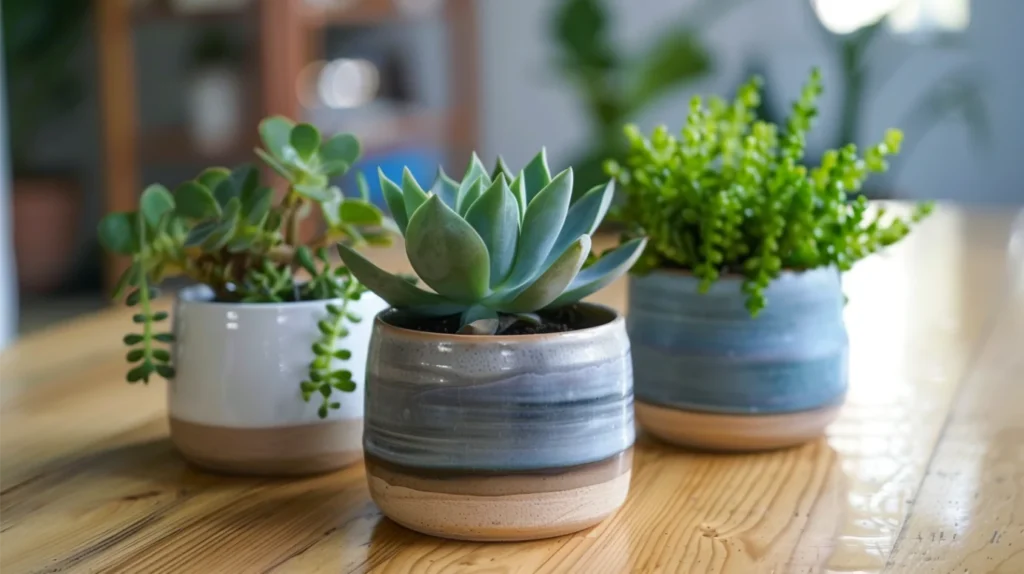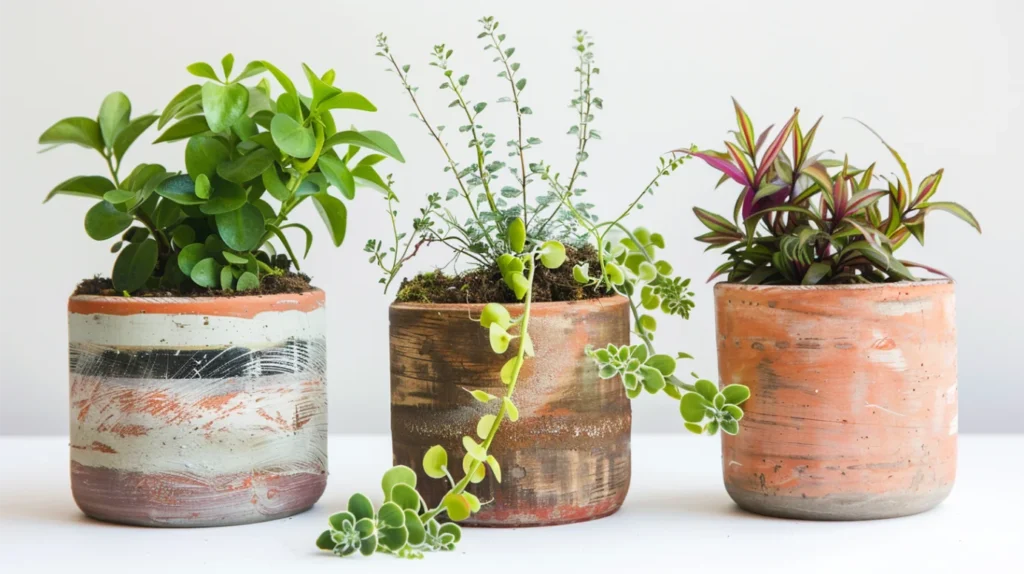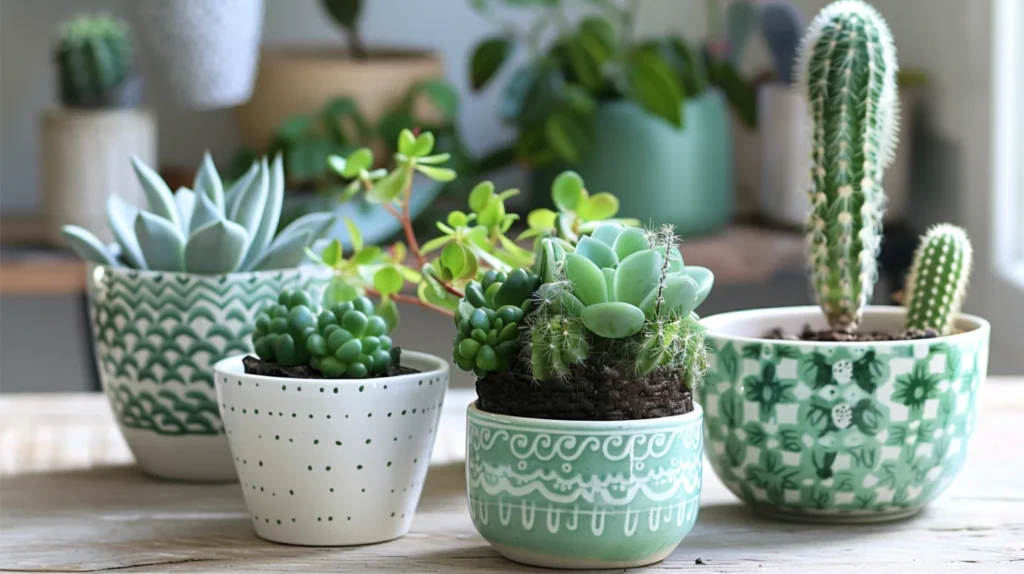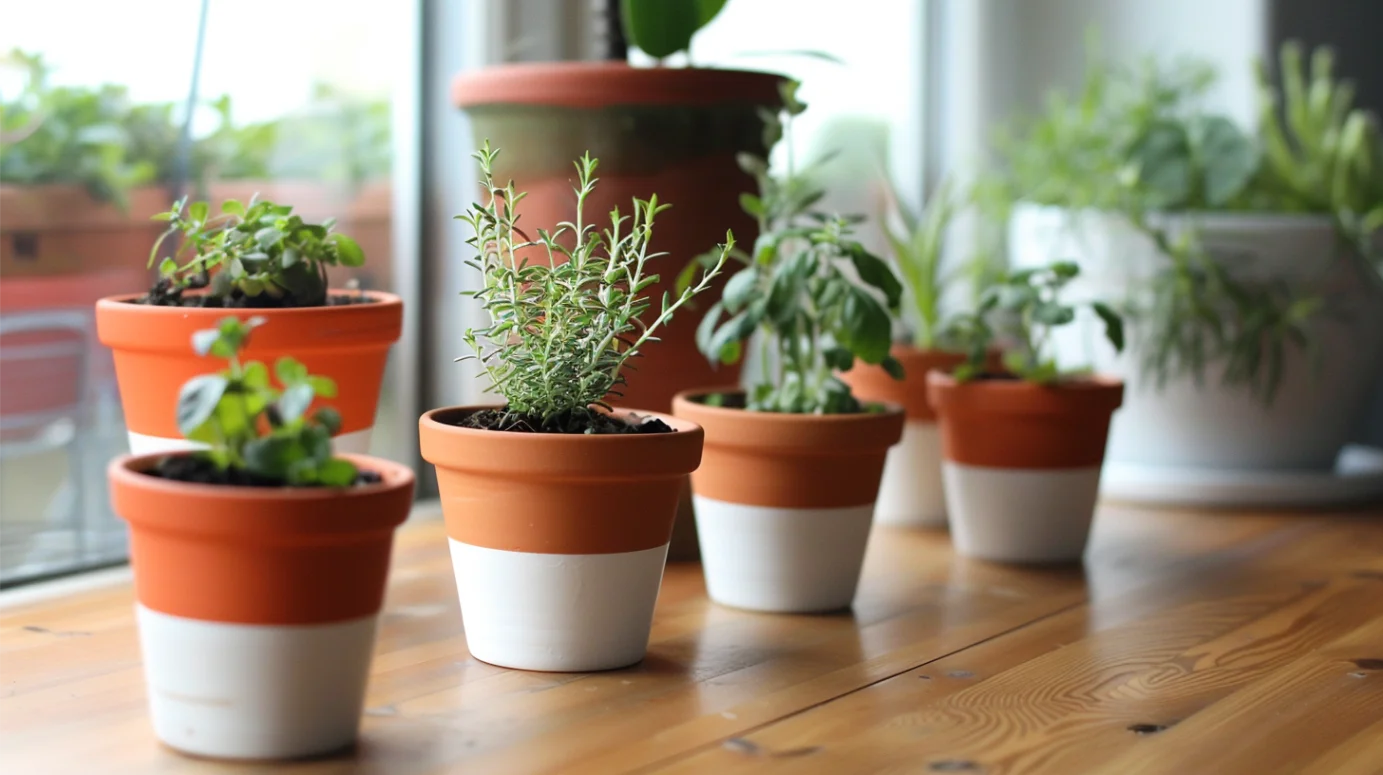Are you looking to add a touch of green to your living space without breaking the bank? Do you have a collection of seemingly useless items lying around your home? It’s time to unleash your creativity and turn those everyday objects into stunning, one-of-a-kind planters! In this comprehensive guide, we’ll explore the art of crafting stylish planters from items you probably already have at home. Get ready to transform your space, reduce waste, and nurture your inner DIY enthusiast!
Why Create DIY Planters?

Before we dive into the exciting world of DIY planters, let’s take a moment to appreciate why this project is worth your time and effort. Creating your own planters is not only cost-effective, saving you money on expensive store-bought options, but it’s also eco-friendly. By repurposing items that might otherwise end up in landfills, you’re contributing to a more sustainable lifestyle.
Moreover, DIY planters allow you to create unique decor pieces that reflect your personal style. They’re fully customizable, meaning you can tailor your planters to fit your space and plant needs perfectly. Perhaps most importantly, crafting your own planters gives you a sense of accomplishment – there’s nothing quite like the satisfaction of creating something beautiful with your own hands.
Essential Tools and Materials
Before we begin our DIY planter adventure, it’s important to gather some basic tools and materials. You’ll need scissors or a craft knife, a drill with various bit sizes, sandpaper in various grits, paint and brushes, clear sealant or waterproof varnish, potting soil, and of course, plants of your choice. With these essentials at hand, you’re ready to transform everyday items into extraordinary planters!
Transforming Everyday Items into Stylish Planters

For more inspiration and detailed guides on various DIY projects, including planters and other home improvements, check out gardenandhomehacks.com. This website is a treasure trove of ideas for DIY enthusiasts and home gardeners alike.
1. Tin Cans: Industrial Chic Made Easy
Tin cans are perhaps the most accessible and versatile items for creating DIY planters. From soup cans to large paint tins, these cylindrical containers offer endless possibilities. To create a planter from a tin can, start by cleaning it thoroughly and removing any labels. Sand the edges to prevent cuts, then drill drainage holes in the bottom. You can paint the exterior with rust-resistant paint for a sleek look, or wrap it with twine for a more natural aesthetic. Finally, apply a clear sealant to protect from moisture.
For a cohesive look, try grouping cans of different sizes painted in the same color palette. Alternatively, embrace an eclectic style by using cans with various finishes and textures.
2. Old Books: A Novel Approach to Planting
For book lovers and vintage enthusiasts, transforming old hardcover books into planters is a creative way to showcase your literary passion while nurturing plant life. Choose a hardcover book you’re willing to repurpose, then open the cover and glue the first few pages together for stability. Use a craft knife to cut a rectangle into the pages, leaving about an inch of border. Apply a waterproof sealant to the inside of the cavity, then place a small plastic container inside as a liner.
This method works particularly well with books that have interesting covers or titles related to nature. Imagine a succulent growing out of a vintage botany textbook or a fern peeking out from the pages of “The Secret Garden”!
3. Wine Bottles: Elegant Hanging Gardens
Don’t toss those empty wine bottles! With a bit of creativity, they can become elegant hanging planters perfect for herbs or small trailing plants. Start by cleaning the bottle and removing any labels. Score the bottle using a glass cutter, then carefully break it along the score line and sand the edges smooth. Drill small holes near the cut edge for hanging, then thread strong twine or wire through the holes.
Colored glass bottles can create a beautiful stained-glass effect when sunlight shines through, adding an extra dimension to your hanging garden. This project is perfect for creating a vertical herb garden in a small kitchen or adding a touch of greenery to a bare wall.
4. Old Boots and Shoes: A Step Towards Quirky Gardening
Give old footwear a new lease on life by turning them into charming planters. This whimsical approach adds character to any garden or porch. Clean the shoe or boot thoroughly, drill drainage holes in the sole, and apply a waterproof sealant to the inside. Then, simply fill with potting soil and plants.
This method works particularly well with colorful rain boots, creating a playful addition to a children’s garden. You could also use vintage leather boots for a more rustic, country-garden feel. The possibilities are as varied as the shoes in your closet!
5. Wooden Crates: Rustic Charm for Your Greenery
Wooden crates or boxes offer a rustic, farmhouse-inspired look that’s perfect for both indoor and outdoor spaces. Start by sanding any rough edges on the crate, then stain or paint the wood if desired. Line the inside with landscape fabric to retain soil, and drill drainage holes if needed. You can then arrange plants inside, using the crate’s compartments for different species.
For a stunning display, try stacking crates of different sizes to create a tiered planter effect. This works particularly well on a patio or balcony, allowing you to maximize your planting space vertically.
Caring for Your DIY Planters

Once you’ve created your beautiful DIY planters, it’s important to care for them properly to ensure they last. For outdoor planters, make sure they’re protected from extreme weather conditions. You may need to reapply sealant or paint periodically to prevent weathering.
For indoor planters, be mindful of water drainage. Place a saucer underneath to catch excess water and prevent damage to your furniture or floors. Remember that different materials will have different care needs – wooden planters may need occasional re-sealing, while metal planters should be checked for rust.
Most importantly, choose plants that are suitable for your DIY containers. Consider the size of the planter, the amount of light it will receive, and how often you’re able to water. Succulents and cacti are great choices for smaller containers or for beginners, as they require less frequent watering.
Styling Your DIY Planters
Your DIY planters are not just functional items – they’re also decor pieces that can significantly impact the style of your space. Consider how your planters fit into your overall design scheme. For a cohesive look, try to match the style of your planters to your existing decor. For example, painted tin can planters could complement a modern, minimalist space, while wooden crate planters might fit perfectly in a rustic, farmhouse-style home.
Don’t be afraid to mix and match different styles of planters for an eclectic look. The key is to find a unifying element – this could be a color scheme, a theme (like “vintage” or “industrial”), or even the types of plants you use.
Remember, the beauty of DIY planters is that you can always change them up. If you get tired of a certain look, simply repaint or redecorate your planters for a fresh new style.
Expanding Your DIY Planter Skills
As you become more comfortable with creating DIY planters, you might want to expand your skills and try more advanced projects. For example, you could create a vertical garden using a wooden palette, or design a complex terrarium in a large glass jar.
Conclusion: Embracing the DIY Planter Lifestyle
Creating DIY planters from everyday items is more than just a fun project – it’s a lifestyle choice that embraces creativity, sustainability, and personal expression. By turning ordinary objects into extraordinary planters, you’re not only adding beauty to your space but also reducing waste and exercising your creative muscles.
Remember, there’s no right or wrong way to create a DIY planter. The most important thing is to have fun and let your creativity shine. Whether you’re repurposing an old boot, transforming a tin can, or giving new life to a vintage book, each planter you create is a unique piece of functional art.
So go ahead, look around your home with fresh eyes. That old colander, the stack of vintage teacups, or the worn-out tire in your garage – they’re all potential planters waiting to be discovered. With a little imagination and effort, you can turn these everyday items into stunning homes for your favorite plants, adding a personal touch of greenery to every corner of your living space.
Happy planting!

